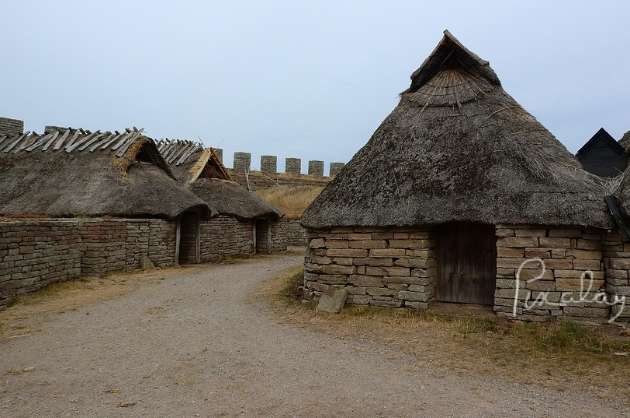Anupama Nair
Have you heard about the Celts? The celts were a member of an early Indo-European people who lived in most of Europe from 2000 to 200 BC. They eventually lived from Britain as far as the Roman Empire. The early Celts rarely could write anything about themselves. The Greeks, called them as Keltoi, Keltai or Galatai and the Romans as Celti, Celtae and Galli that meant barbarians.
The first mention of the Celts were made by the Greeks authors around 500 BC. However, the most valuable insights about them were provided by the Romans. It was the time the Roman empire was expanding, and they came in direct contact with the Celts on their northern borders, however, these texts were considered incomplete as they were often written much before the attack. So, unfortunately the information we have is not complete.
First mention of the Celts were made by the Greek authors between 540 and 424 BC. However, the most valuable insights were provided by the Roman authors, as the Roman world were expanding, and they came in direct contact with the Celts on their northern borders. It is believed that the Celts were a collection of tribes which originated in central Europe. Though, they were many tribes, they had the same culture, traditions, religious beliefs and language.
We still do not know what the Celts called themselves. The name ‘Celts’ is a modern name which is used to describe many tribes of people who lived during the Iron Age in Europe. It is surprising, none of the ancient texts refer to the people of Britain or Ireland as Celts and therefore, we can say the Celts were a collection of tribes, and they were more generally known by the name of those tribes or societies as opposed to a collective nation or empire.
Much earlier historical sources, stated Celts were located in western Europe and also occupied land near the Danube River. Their home territories have often been traced to central and eastern France, extending across southern Germany and into the Czech Republic. In 279 BC the Celts were known to have looted Delphi, the most sacred site in ancient Greece. It is also believed they met Alexander the Greek, in 335 BC in the Balkans. There was a large-scale migration of Celts soon after 400BC, and this migration made them move from central Europe to Northern Italy and Eastern Europe.
It is believed that the Celts arrived at the shores of Britain around 1000 BC and lived there during the Iron Age, the Roman Age and the post Roman age. It is said, their legacy continues even today where you can see glimpses of the language, culture and traditions in Wales which is a Celtic nation.
Today after nearly 4000 years, it is difficult tracing the beginning of Celtic languages. It is believed that they were derived from an earlier language called as 'proto-Indo-European'. The language spread in western Europe through the movement of people, possibly from Central Asia between 6000 and 2000 BC. Unfortunately, there is little agreement over precisely when this occurred and when and how Celtic languages subsequently developed.
We believe today that, Celtic languages originated between 6000 and 600 BC, with the earliest known inscriptions in a Celtic language found in Northern Italy and dating to 600 BC. A 16th century scholar, suggested that the people of continental Europe had once spoken a group of Gallic languages. It is believed that since modern Gaelic was similar to Welsh, Irish and Scottish, the people of Britain, originally came from France and Spain.
During the 18th century, people who spoke Celtic languages were known as Celts. The ancient inhabitants of Wales, were therefore known as Celts. What did the Celts wear?
The Celts in the ancient time were described as wearing brightly colored clothes, with some using blue dye from the woad plant to paint patterns on their bodies. They are known for their colorful woolen clothing. The usual Celtic attire would include a tunic and a belt, as well as a long cloak and trousers which were fastened by a ’fibuale’. It is said the Celts were one of the first people in Europe to wear trousers, and the ‘fibuale’ would be clasps, which were used to fasten their trousers.
The Celtic art was recognized and named by British scholars during the 19th century. However, it was not until 1910-1914 that the earliest objects made by them were traced to a common cultural area of north-east France, southern Germany and the Czech Republic.
“It may be possible that future genetic studies of ancient and modern human DNA may help in discovering more about the Celts. However, early studies have, so far, tended to produce implausible conclusions from very small numbers of people and using outdated assumptions about linguistics and archaeology”.




























